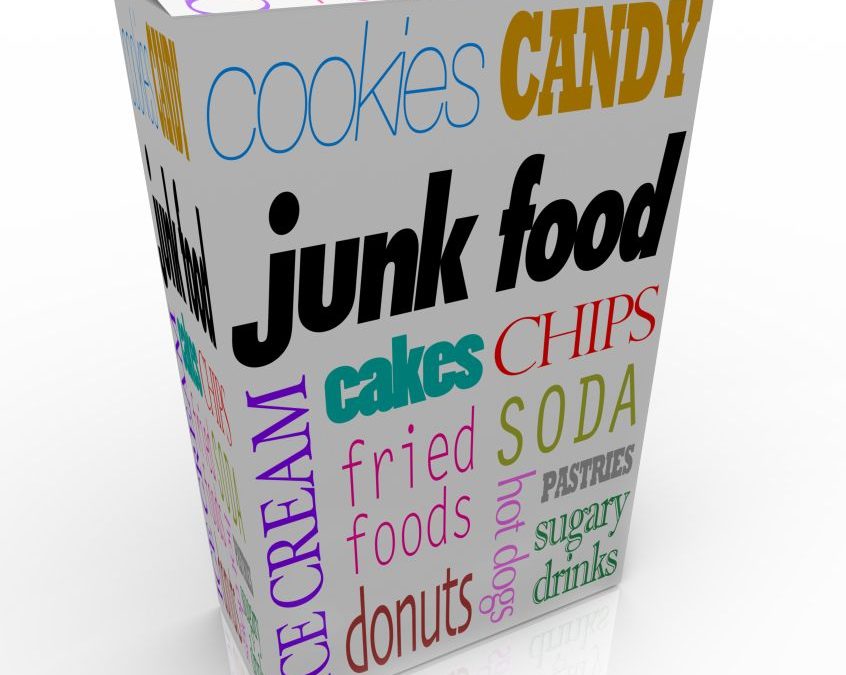The U.S. Department of Agriculture (USDA) defines a processed food as one that has undergone any changes to its natural state – that is any raw agricultural commodity subjected to washing, cleaning, milling, cutting, chopping, heating, pasteurizing, blanching, cooking, canning, freezing, drying, dehydrating, mixing, packaging, or other procedures that alter the food from its natural state. The food may include the addition of other ingredients such as preservatives, flavors, nutrients and other food additives or substances approved for use in food products, such as sugar, salt and different types of fats.
There are many foods that go beyond the incorporation of salt, sweeteners, or fat to include artificial colors, flavors and preservatives that promote shelf stability, preserve texture, and increase palatability. Several processing steps using multiple ingredients comprise the ultra-processed food.
Virtually all foods sold in the supermarket would be classified as “processed” to some degree.
It is speculated that these foods are designed to specifically increase cravings so that people will overeat them and purchase more. They are typically ready-to-eat with minimal additional preparation. Most of these foods tend to be low in fiber and nutrients. Examples are sugary drinks, cookies, crackers, chips, breakfast cereals, some frozen dinners and lunch meats.
These foods may partially, if not completely, replace natural or minimally processed foods in people’s diets.
One study using data from the U.S. National Health and Nutrition Examination Survey found that ultra-processed foods comprised about 60% of total calories in the U.S. diet.
Processing by certain methods like pasteurization, cooking, and drying can be helpful by destroying, or inhibiting the growth of harmful bacteria. But, depending on the degree of processing, many nutrients can be destroyed, or removed. A processed food may contain an unevenly high ratio of calories to nutrients which is unhealthy.
For example, research supports an association between a high intake of sugar sweetened beverages and an increased risk of obesity, diabetes and heart disease. Some minimally processed foods that contain beneficial nutrients, such as olive oil and steel cut oats, have been linked with lower rates of these chronic diseases.
New evidence links ultra-processed foods with a range of health risks. Two large European studies published by the BMJ (British Medical Journal) find direct associations between consumption of highly processed foods and the risk of cardiovascular disease and death.
There is a difference between simple mechanical processing and chemical processing. If it’s a single ingredient with no added chemicals, it’s still real food. However, foods that have been chemically processed and made solely from refined ingredients and artificial substances, are what is recognized as processed foods. It’s a good idea to read the label of every food you purchase so you see what it contains.
Conclusion
When we replace real foods like fish, meat, fruits and vegetables with processed (junk) food, we increase our risk of illness, poor health and death.
The reverse is also true. When we replace the processed (junk) food in our diet with real, genetically compatible, whole functional foods (unprocessed or minimally processed foods) we can improve our health and maintain good health. Even doing this on a gradient (starting slowly and building up to include more and more real foods) can make a difference.
You'll be surprised at how much better you'll feel by making some adjustments to your current eating habits, and it's not complicated.

